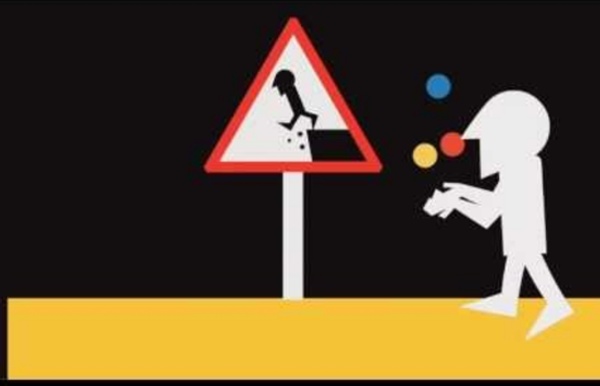



Refining A Google Search Query Refining a query means changing or adding to the set of search terms to do a better job of returning the pages you’re seeking. Successful researchers frequently enter several queries to find what they’re seeking. The search boxes at the top and bottom of the results page show the query for the current results page. If the query uses special operators that you entered either directly or indirectly through the advanced search form, they will appear in the search box as well. Let’s look at a few examples. Get ideas for subsequent searches by reviewing your results, including the snippets that Google returns and the pages they came from. Search within resultsYou can get the same results in one step fewer by simply specifying additional terms to your previous query.On Internet Explorer and on some other browsers, you can change a term or an entire query easily. For a tutorial on how to use Advanced Search, visit www.lib.monash.edu.au/vl/google/goog06.htm. Exercises
Classrooms for the Modern Learner: ISTE Field Trip - Alan November's Digital Learning Farm Many of us would all agree that students learn best when they have a vested interest, a desire or passion in what they are learning. As educators, we are forever working toward capturing that passion in our students by providing learning experiences that are authentic, challenging and relevant to the lives of those we teach. Alan November would take that one step farther, reminding us about the human need to make community contribution and encouraging us to bring this concept to the forefront of lesson planning. This was the backdrop to his ISTE session: Digital Learning Farms - Students as Contributors and it was amazing. Creating digital learning farms instead of school classrooms comes from the idea that children used to contribute to the family farm via chores. Curriculum ReviewersTutorial DesignersCollaboration CoordinatorsOfficial ScribesResearchersContributors to Society Notes: Digital Learning Farms - Alan November Search Operators Cheat Sheet For Search Operators A Google A Day
Students as Researchers A word about Students as Researchers and the Students as Researchers Toolkit from Mary Jean Gallagher. Assistant Deputy Minister, Ontario Ministry of Education. Students as Researchers Conference Toronto – February 2012 The Students as Researchers Conference was a response to students' suggestions about the importance of learning life skills like research and critical thinking. 150 students and teachers from around the province came together in a two day workshop and learned how to conduct collaborative inquiry research. Students as Researchers Forums 2012-13 This effort to involve students in research is not meant to exclude an adult presence. young people to organize around issues of their choice, youth and adults to come together in intergenerational partnerships. By making students and adults equal partners in collaborative inquiry we can support active engagement of students in questions of interest to them. Check out an overview of Students as Researchers by students and teachers.
More Games — Breakout EDU Game Designer: Emma MorganAges: Middle GradesIdeal Group Size: Large GroupContent Area: Math Game Designer: Lisa ButlerAges: Middle GradesIdeal Group Size: Whole ClassContent Area: Social Studies Game Creator: Karen SwingAges: High SchoolIdeal Group Size: Whole ClassContent Area): Late Algebra 1 or Early Algebra 2 Math Rocks Game Creator: Chad SussexAges: ElementaryIdeal Group Size: Whole ClassContent Area: Math Game Creator: Trever ReehAges: High SchoolIdeal Group Size: 10-15Content Area: Math (Algebra, Geometry, Algebra 2) Game Creator: Carrie HillmanAges: 8 -11 (may be adapted)Ideal Group Size: 5 - 10Content Area (optional): General Game Creator: Leasha Wolterman and Travis KlienowAges: ElementaryIdeal Group Size: Whole ClassContent Area (optional): Math Game Creator: Leasha WoltermanAges: ElementaryIdeal Group Size: Whole ClassContent Area: Math Game Creator: Micah ShippeeAges: Middle SchoolIdeal Group Size: 3 groups of 4-8 studentsContent Area: Social Studies, American History DR. The Swamp